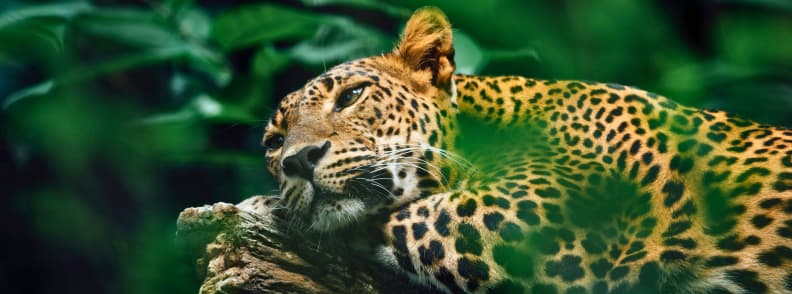There is something about wildlife cruises that just gets into your head. Maybe I am drawn by the idea of seeing creatures most of us only dream about, such as polar bears wandering across ice floes, penguins slipping and sliding along the Antarctic, or perhaps the realization that no traditional cruise gets you quite as close to the action. Expedition cruises, especially the smaller ship ones, seem to put wildlife front and centre. And you are in the middle of it all with naturalists pointing out subtle details you would otherwise miss.
Top Wildlife Cruise Destinations
Some people get goosebumps watching whales breach next to the boat, or feel strangely moved by the chaos of life at the edge of a rainforest. If you are one of them, or imagine you might be, these wildlife cruise destinations should suit you down to the ground. Companies like Naturetrek, for instance, focus entirely on these journeys, chartering ships that reach those “how is this even possible” spots far from the usual port crowds.
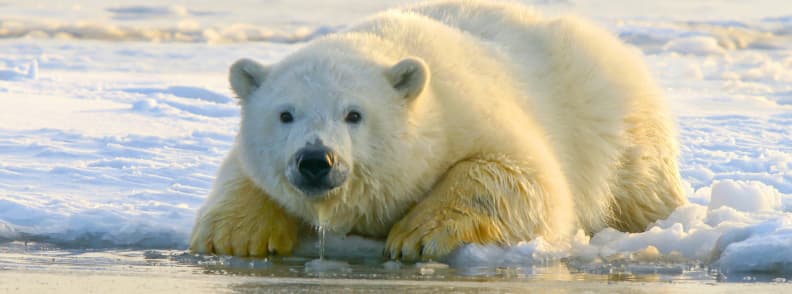
Spitsbergen, Arctic Norway
Just saying Spitsbergen sounds dramatic. For months each year, this snowy outpost, which is also the largest island in the Svalbard archipelago, becomes wildlife central, especially from June to August when daylight goes on forever. Here, the main event is undoubtedly the polar bears. As sea ice melts back, these predators move closer to the coast, making sightings a real possibility. The expedition boats carefully edge through fjords flanked by glaciers, and every now and then, you are zipped ashore in a Zodiac for a proper up-close look.
It’s not all about bears, though. Arctic foxes often poke around old campsites, walruses bask on half-submerged rocks, and birdlife is frankly overwhelming, with thousands of auks, kittiwakes, and guillemots. Bearded seals sometimes pop up next to the boat, and if you are lucky, you might see a pod of belugas or even narwhals. Photography here? Unreal. There is a stark, odd beauty with glaciers splintering into blue sea, mountains that seem to stretch on and on, and snow that somehow never quite looks white on camera. Honestly, it almost feels like you are trespassing on another planet.
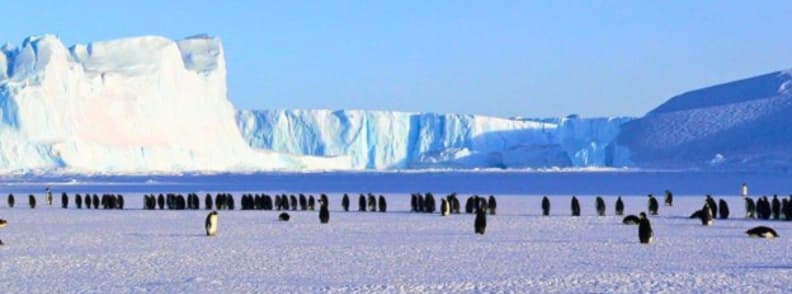
Antarctica, South Georgia & Falklands
Some people toss around the word “ultimate” far too easily, but Antarctica? It is hard to argue! These trips usually run from November to March and take you through three completely different habitats. On the windswept Falklands, rockhopper and Magallanic penguins shuffle among long grass while black-browed albatrosses survey the scene.
South Georgia, meanwhile, is simply surreal. Imagine stepping onto a beach and seeing 100,000 king penguins standing shoulder to shoulder, with colossal elephant seals grunting nearby.
On the Antarctic Peninsula, colonies of gentoo, chinstrap, and Adélie penguins nest atop exposed stones. Leopard seals glide through icy water, always on the hunt. And when the whales show up (humpbacks, minkes, orcas), it’s hard to describe, honestly, but it sticks with you.
Whether you visit during the frenetic courtship season or the busy chick-nurturing weeks, photography is world-class. Towering peaks, bays so calm they are like mirrors, icebergs sculpted by wind and water. One moment you are shooting penguins, the next it is breaching whales. It is hectic yet unforgettable.
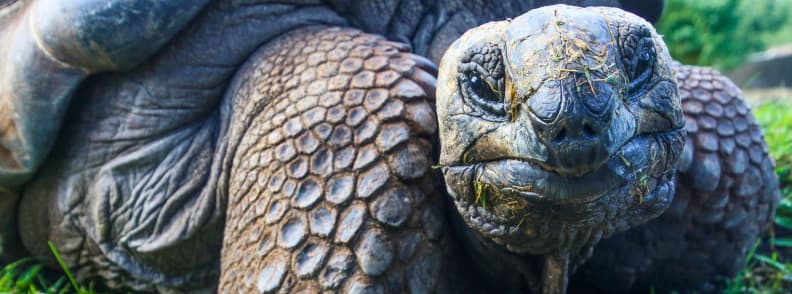
Galapagos Islands, Ecuador
Here is the place where Darwin had his big ideas, and you kind of feel it as soon as you arrive. The Galapagos archipelago, bobbing about 600 miles off Ecuador, is an evolutionary jackpot. Small expedition vessels (usually between 12 and 48 people, so it never feels crowded) bounce from island to island, dropping anchor for Zodiac landings or spontaneous snorkelling stops.
You will run into giant tortoises. Some are the size of bathtubs, and they live longer than many houses stand. Marine iguanas (the only lizards that willingly take a swim in the ocean) sunbathe on sharp volcanic rocks. Birds like the iconic blue-footed booby do mating dances that are part comedy, part choreography.
On some islands, waved albatrosses, massive and aloof, perform synchronised rituals. There are penguins too, the only ones that live north of the equator. Underwater, it is anybody’s guess: turtles, shark species you probably have never heard of, and even whales sometimes. Whether you go in the lush “warm” season or the drier, cooler months, something fascinating always seems to be happening.
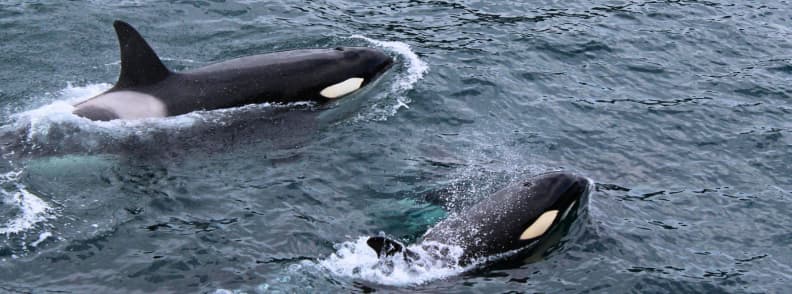
Alaska’s Inside Passage, USA
If you fancy heading north without leaving the Americas, Alaska’s Inside Passage gives you the full show: wild fjords, thick forested islands, and so much wildlife it could almost seem staged. Humpback whales are the headliners, especially when they work together for bubble-net feeding. If you catch this sight, you will never forget it. Orcas also drift about in family groups, fins slicing the water.
Onshore, brown bears wander beaches looking for clams or stand in rivers with jaws open for salmon, while bald eagles perch above it all, searching for the unlucky or unwary fish. Sea otters invent their own cuteness, floating on their backs to crack shellfish.
Smaller ships take you into narrow inlets that the big cruise liners wouldn’t dare attempt, meaning you often get these places to yourself. The best action is from July to August when daylight hangs on for an age. The protected reserves at Kenai Fjords and Glacier Bay feel almost prehistoric at times. There’s just green, blue, and the vast noise of nature.
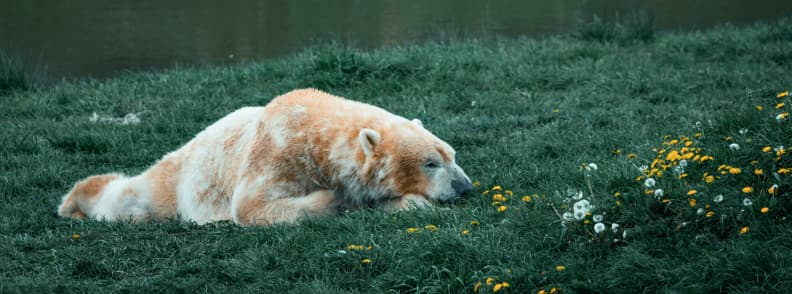
Great Bear Rainforest, Canada
There is magic on Canada’s mid-coast, with rain, moss, immense trees, and a genuinely rare bear, the kermode or spirit bear. Only about one in ten black bears here comes out cream-coloured. Some say it is almost ghostly. Small expedition boats (never more than two dozen people, often fewer) skirt through inlets, stopping for bear-watching or walking ancient rainforest trails that make you wish you had paid more attention in biology class.
By September and October, grizzlies gather at salmon-choked rivers. If you like your nature a bit less predictable, wolves sometimes pad along beaches, dolphins play in the waves, and orcas patrol offshore. The whole place buzzes with life you can’t quite anticipate. It is the land itself that makes it impossible to summarise, with its thick stands of cedar, rushing waterfalls, and tidal flats dotted with odd sea creatures.
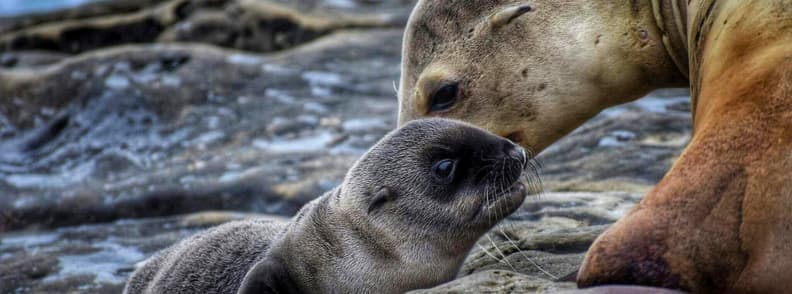
Baja California & Sea of Cortez, Mexico
For something completely different, you can see grey whales, huge and mild-mannered, coming right up to your small boat and presenting their calves for inspection. It’s not every day a whale seems to ask for a scratch. From January to March off Baja’s coast, the lagoons are packed with mothers and calves. These are epic migrations spanning thousands of kilometres.
But the Sea of Cortez is home to plenty more. Jacques Cousteau called it “the world’s aquarium” for good reason. It has 900-plus fish species, whale sharks drifting by like buses, rays that cartwheel out of the sea in wild synchrony, and sea lions cavorting in the shallows. Some islands are all sharp rock and cactus, while others melt into turquoise coves. February and March get the best whale action, and when the sea is calm, the wildlife viewing feels endless, above and below the waves.
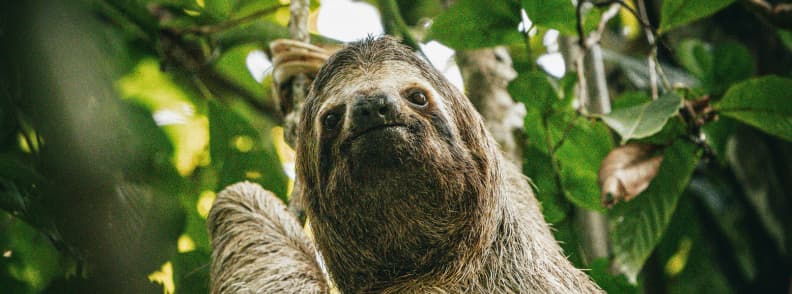
Amazon River, Peru & Brazil
Let’s finish somewhere less icy. The Amazon basin, hugging both Peru and Brazil, is as much about the people as it is about the wildlife, but it is the sheer range of creatures that steals the show at first. You will cruise along in a riverboat or nimble expedition vessel staring at riverbanks where a pink river dolphin might suddenly appear, or, if you are especially fortunate, catch a jaguar loitering in early dawn.
Squirrel-sized and howler-sized monkeys race through treetops while sloths hang motionless. The latter are almost impossible to spot, but you will try anyway. Caiman alligators bask in muddy corners, and hoatzins, birds with wild crests and prehistoric grimaces, perch awkwardly over the river.
Small-boat outings take you into hidden backwaters for otter sightings or the crash and colour of macaws. Of course, the seasons change everything. High water lets boats slip deeper into the rainforest while low water concentrates the animals at shrinking pools. Along the way, guides (often from local Indigenous communities) will point out the uses of a plant or share an old fishing trick. You may have come for wildlife spotting, but sometimes it’s the stories that stay longest.
Planning Your Wildlife Cruise
Expedition cruises are really not like regular cruises. Forget casinos or Broadway-style shows. Everything pivots around the wildlife. If there is a bear on the beach or a pod of whales has just appeared, then the schedule changes. It’s as simple as that.
Wildlife cruise ships tend to be small (sometimes as few as a dozen guests), which means you go where the action is. Naturalists explain what is happening and why, which is invaluable, especially when behaviour is odd or difficult to interpret. Zodiacs (those powerful little inflatable boats) get you off the ship and into the wild, sometimes landing right where the animals are.
One bit of advice? Book ahead a year or so if you can. Some places (Antarctica, Galapagos) are limited by the weather window and ship size, so demand outstrips supply. You might pay anywhere from a few thousand to well over £ 10,000 per person, depending on the wildlife cruise destinations, ship, and inclusions. Yes, it’s pricey, but the sheer volume of “pinch me” moments sort of makes you forget the pain. Most trips are not that physically demanding, though for Antarctica, you do want to be comfortable climbing in and out of Zodiacs, where the waves can sometimes be, let’s just say, enthusiastic.
Pack a decent camera, if only so you remember what you saw. A telephoto lens helps for shy creatures, though most encounters end up so close you almost do not need it. In the end, each of these wildlife cruise destinations delivers stories you could not collect any other way, with polar ice, lush rainforest, or volcanic islands as the background. Perhaps not every day goes as planned. Sometimes, the best moments sneak up on you when you are looking the other way. That is the point, really. Expedition cruising is about embracing unpredictability and letting the wild decide what tomorrow looks like.
About the Author

I’m Mirela Letailleur, a European travel expert who helps curious travelers plan smarter, richer trips across Europe on a budget. Through The Travel Bunny, I share first-hand advice, detailed travel itineraries, and local food tips for destinations from the Mediterranean to the Balkans. My focus is always on authentic experiences, practical planning, and making travel affordable without losing what makes a place special.
I write with a focus on slow travel, cultural immersion, and ethical tourism, blending practical guides with real, useful insights. My goal is to help you travel like a local, finding great value stays, honest food, and memorable small details that don’t show up in glossy brochures. I’ve built The Travel Bunny to be the place you turn to when you want reliable, experience-based travel advice that saves both time and money.
After dreaming about wildlife cruises, check out these guides on The Travel Bunny
How to Book Cheap Cruise Holidays in a Few Simple Steps
Everest Base Camp Trek. Ultimate Preparation Guide for an Epic Adventure
Thrill Seekers’ Top 20 Travel Destinations for Extreme Adventures

